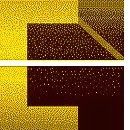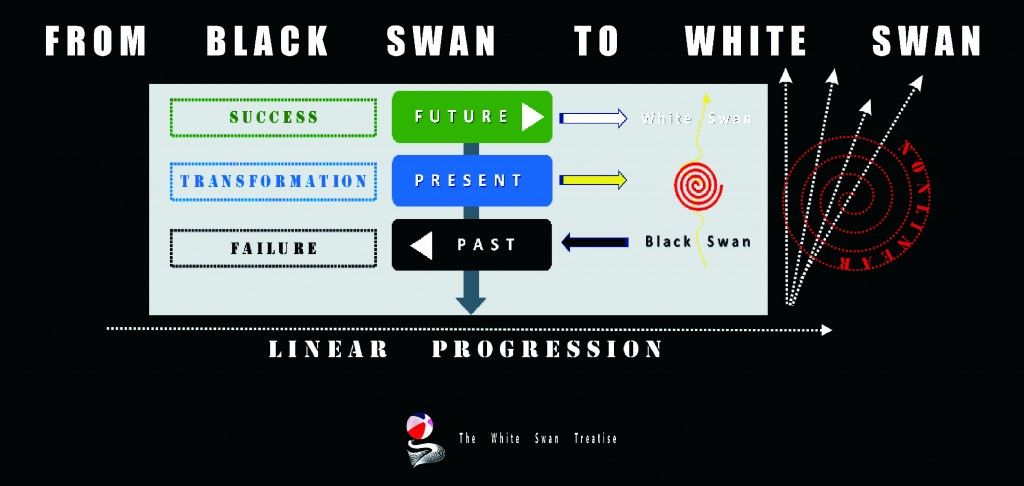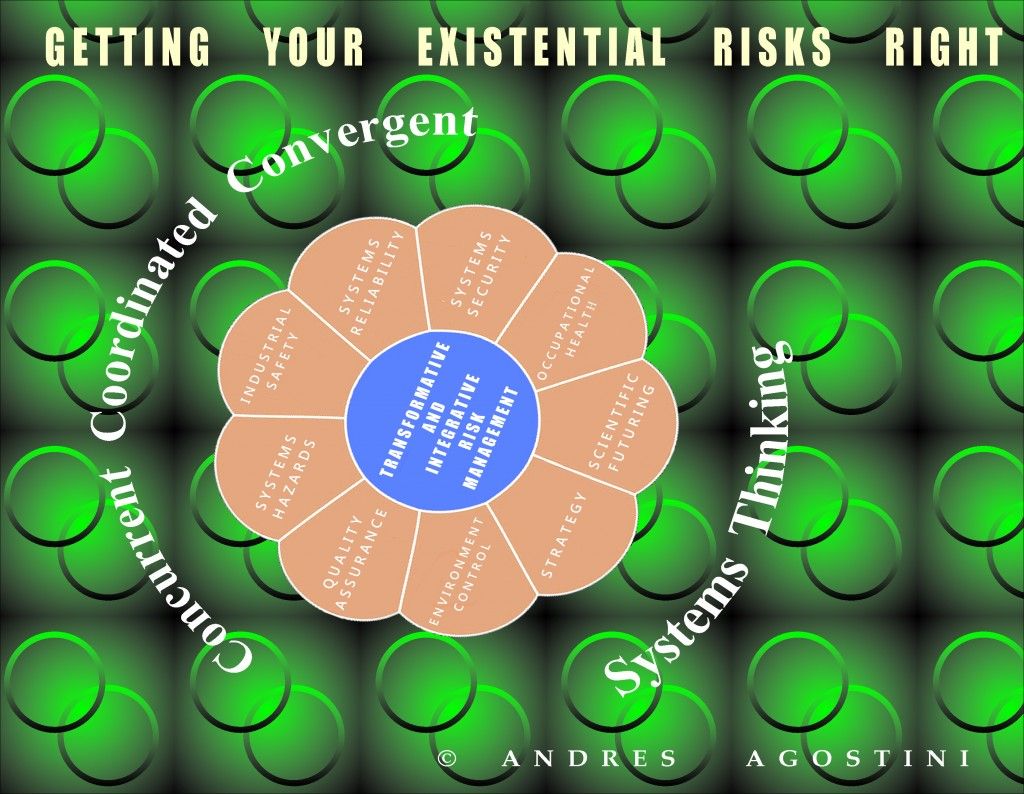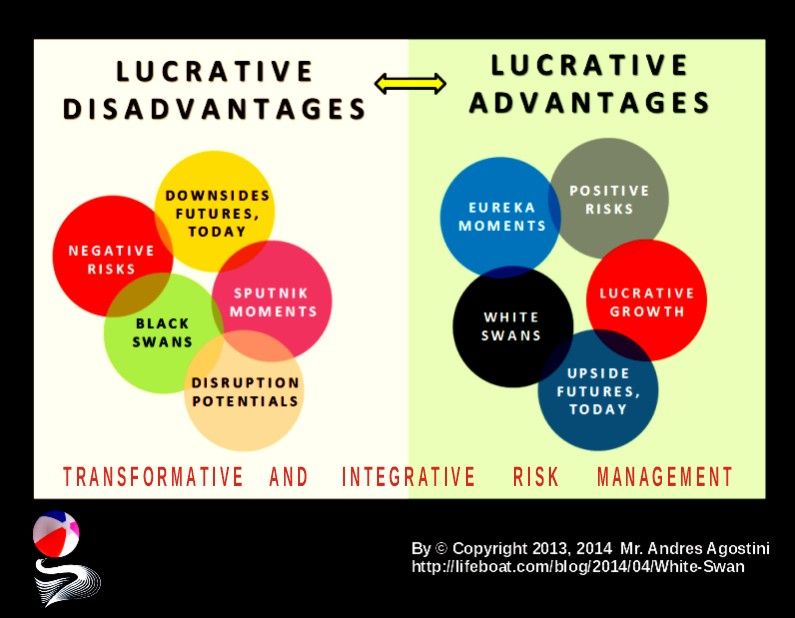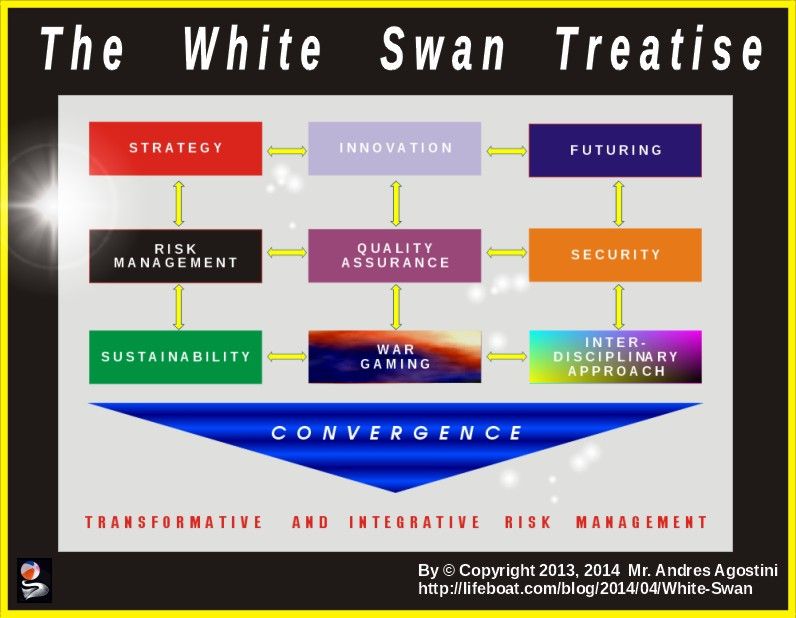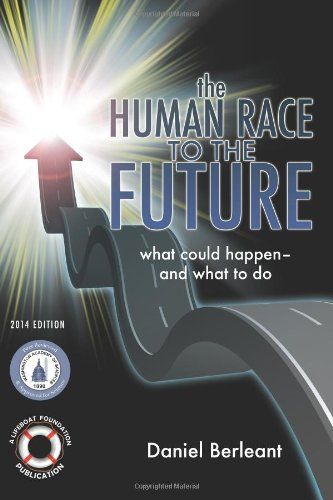White Swan Update by Andres Agostini, Countermeassuring Every Unthinkable Black Swan, at https://lifeboat.com/blog/2014/04/white-swan
A new way to beam power to medical chips deep inside the body http://www.kurzweilai.net/a-new-way-to-beam-power-to-medical…e-the-body
Glasses-free 3D projector http://www.kurzweilai.net/glasses-free-3d-projector
Scientists discover how to turn light into matter after 80-year quest http://www.kurzweilai.net/scientists-discover-how-to-turn-li…year-quest
The 5 most interesting wearables on Kickstarter right now http://venturebeat.com/2014/05/13/the-5-most-interesting-wea…right-now/
Scientists discover how to turn light into matter after 80-year quest http://www3.imperial.ac.uk/newsandeventspggrp/imperialcolleg…;32-44
What Our Recent Obsession With Mindfulness Really Means http://www.fastcompany.com/3030601/the-future-of-work/what-o…ally-means
Data Point: The New Customer Service Pro: Your Gadget http://blogs.wsj.com/digits/2014/05/06/data-point-the-new-cu…ur-gadget/
TransProse algorithm turns novels into music http://phys.org/news/2014-05-transprose-algorithm-novels-music.html
Report says Internet of Things will thrive by 2025
http://wraltechwire.com/good-and-bad-report-says-internet-of…cBOptPY.99
Beyond Silicon – Nanowires and Next Generation Devices http://www.21stcentech.com/silicon-nanowires-generation-devices/
When it Comes to Agriculture it is Nighttime Temperatures That Have Farmers Worried http://www.21stcentech.com/agriculture-nighttime-temperatures-farmers-worried/
Martian Rover Didn’t Come Alone http://www.21stcentech.com/martian-rover/
Does brain structure determine your political views? http://www.bbc.com/news/uk-politics-27437799
Gecko-Inspired Adhesive Sticks 700 Pounds to a Wall http://singularityhub.com/2014/05/20/gecko-inspired-adhesive…to-a-wall/
Your Tastebuds Could Provide Clues On How Long You’ll Live, Study Says http://www.huffingtonpost.com/2014/05/20/taste-buds-longevit…ir=Science
Vinod Khosla has 3 predictions for the future of health. We’ve got 1 more http://venturebeat.com/2014/05/20/vinod-khosla-has-3-predict…ot-1-more/
Engineers invent a way to beam power to medical chips deep inside the body http://phys.org/news/2014-05-power-medical-chips-deep-body.html
Rejuvenation Biotechnology Conference 2014 http://sens.org/outreach/conferences/rejuvenation-biotechnology-conference-2014
New technique allows scientists to monitor the entire nervous system of a small worm. http://neurosciencenews.com/3d-imaging-neurons-neuroimaging-1036/
ESA’s XMM-Newton and NASA’s Chandra, were launched in the last century, and are still delivering world-class science. http://www.esa.int/Our_Activities/Technology/ESA_s_new_X-ray…t_Universe
Wildfires worse due to global warming, studies say http://phys.org/news/2014-05-wildfires-worse-due-global.html
Harvard researchers find protein that could reverse the aging process http://www.gizmag.com/gdf11-protein-aging-mice-harvard/31929/
Chinese military officials charged with stealing US data as tensions escalate http://www.theguardian.com/technology/2014/may/19/us-chinese…CMP=twt_gu
Elon Musk Says SpaceX Making ‘Progress’ Toward Mars Colony http://www.space.com/25934-elon-musk-mars-colony-spacex-rockets.html
Chinese Hackers Show Humans Are Weakest Security Link http://www.bloomberg.com/news/2014-05-20/chinese-hac…-link.html
Renewable Energy Study Shows That Benefits Outweigh Costs In U.S. https://exploreb2b.com/articles/renewable-energy-study-shows…osts-in-us
Singapore’s Rich Tapped by China Developers: Asean Credit http://www.bloomberg.com/news/2014-05-19/singapore-s…redit.html
Cybercriminals are eyeing these 5 targets in 2014 http://www.cbc.ca/news/technology/cybercriminals-are-eyeing-…;1.2475721
Hacker Trends 2014: A frightening report http://www.mweb.co.za/TechnoZone/ViewArticle/tabid/3432/Arti…BA.twitter
Get the Cisco 2014 Annual Security Report http://www.cisco.com/web/offers/lp/2014-annual-security-repo…TE=twitter
CyberSecurity Trends for 2014 at http://www.cbh.com/cybersecurity-trends-for-2014/
How to create high-speed 3D movies of entire worm brains http://www.kurzweilai.net/how-to-create-high-speed-3d-movies…orm-brains
An ultra-sensitive chip for early cancer detection http://www.kurzweilai.net/a-chip-for-early-cancer-detection
Nanowire-bridging transistors open way to next-generation electronics http://www.kurzweilai.net/nanowire-bridging-transistors-open…lectronics
Mice with MS-like condition walk again after neural stem-cell treatment http://www.kurzweilai.net/mice-with-ms-like-condition-walk-a…-treatment
Cars could drive themselves sooner than expected after European push http://news.yahoo.com/cars-could-drive-themselves-sooner-exp…nance.html
New ultra-sensitive nano-chip capable of early cancer detection http://economictimes.indiatimes.com/industry/healthcare/biot…334092.cms
GaitTrack App on Smartphone Assesses User’s Health http://www.21stcentech.com/gizmos-gadgets-gaittrack-app-smar…rs-health/
Global warming will harm sovereign creditworthiness around the world this century — http://thedailybell.com/news-analysis/35310/Desperation-of-t…6KFbD.dpuf
Do We Know The Cost of Dealing or Not Dealing with Climate Change? http://www.21stcentech.com/cost-dealing-dealing-climate-change/
Five brain challenges we can overcome in the next decade http://theconversation.com/five-brain-challenges-we-can-over…cade-25975
Physics ― Matter will be created from light within a year, claim scientists http://www.theguardian.com/science/2014/may/18/matter-light-…?CMP=fb_gu
Foreign Affairs ― Strategic Intelligence Assessment for Ukraine – Setting the Stage https://www.redanalysis.org/2014/05/19/strategic-intelligenc…the-stage/
Software Development Process and Software Engineering ― Bottom-Up Manufacturing of Nanowires on Silicon Expands Its Capabilities http://spectrum.ieee.org/nanoclast/semiconductors/materials/…pabilities
A.I., Automation and Robotics ― Will Google’s Self-driving Cars Be Limited by “Map Anxiety”? http://spectrum.ieee.org/cars-that-think/transportation/self…ap-anxiety
Industrial Robots ― Need a hand (or an arm, or a leg)? Hi-tech app controlled and 3D printed prosthetics shown off http://www.dailymail.co.uk/sciencetech/article-2627412/Need-…n-off.html
Robotics ― Robot expert planning to turn Hong Kong into android city http://www.scmp.com/lifestyle/technology/article/1513567/rob…ve-android
CyberSecurity ― More than 90 people nabbed in global hacker crackdown http://edition.cnn.com/2014/05/19/justice/us-global-hacker-crackdown/
White Swan Update by Andres Agostini, Countermeassuring Every Unthinkable Black Swan, at https://lifeboat.com/blog/2014/04/white-swan

